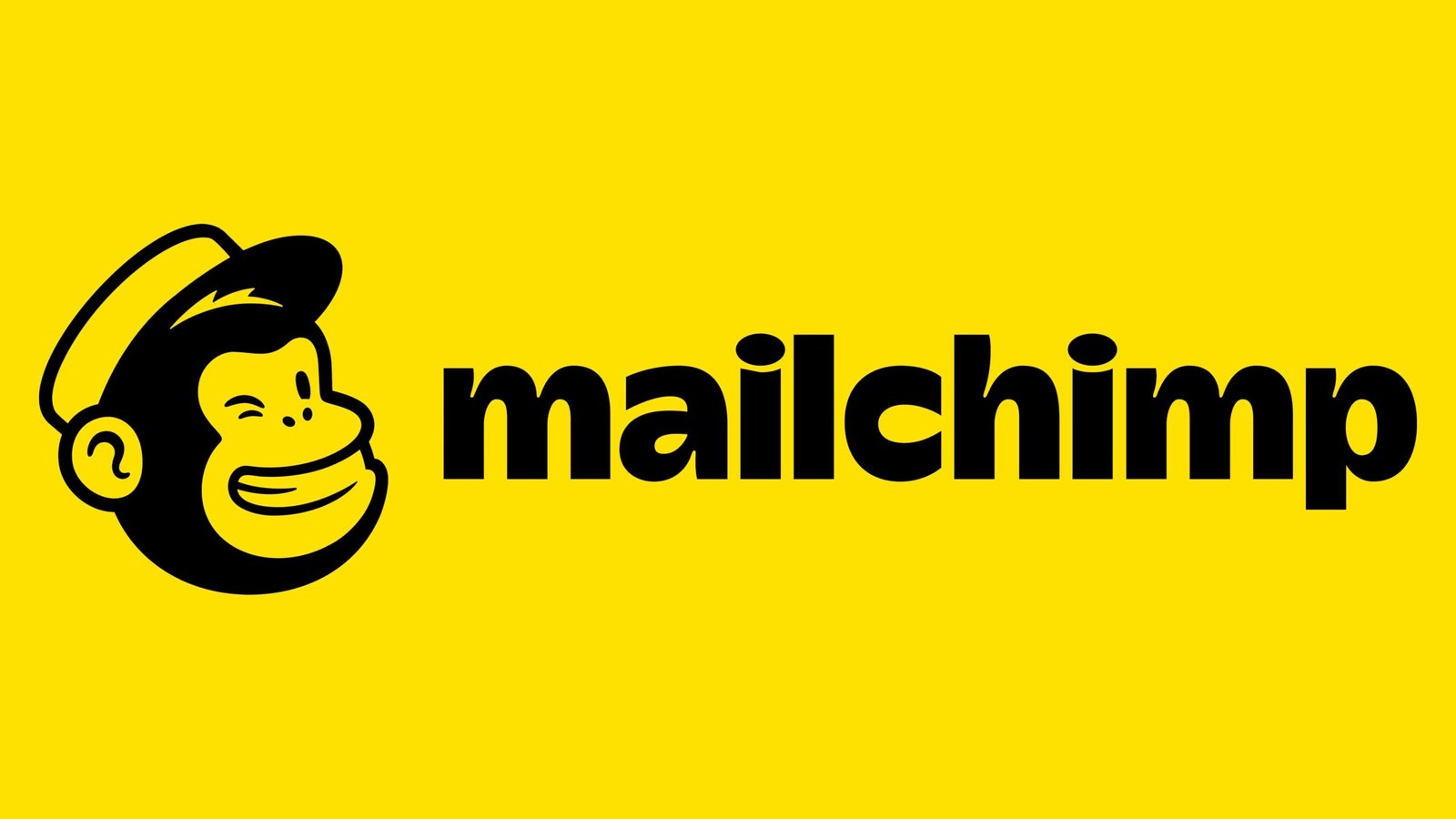Centralized version control system with robust history tracking.
Subversion (SVN) is a centralized version control system (VCS) that manages changes to files and directories in a project. Developed by CollabNet in 2000, SVN was designed to be a successor to the older Concurrent Versions System (CVS), addressing many of its limitations while maintaining a similar centralized approach. SVN is widely used for versioning software source code, documents, and other digital assets, particularly in environments where a centralized control model is preferred. It provides features like atomic commits, versioned directories, and comprehensive access control, making it a robust choice for both small and large teams.
Key Features:
- Centralized Repository: Uses a single centralized repository where all changes are stored and managed, ensuring a consistent version of the project for all developers.
- Atomic Commits: Guarantees that all changes in a commit are applied completely or not at all, preventing partial commits and ensuring data integrity.
- Versioned Directories and Files: Tracks changes not only to individual files but also to directories, providing a complete history of the entire project structure.
- Efficient Handling of Binary Files: Optimized for handling binary files, offering better storage efficiency and performance compared to older systems like CVS.
- Branching and Tagging: Supports branching and tagging to create isolated development lines for features, bug fixes, or releases, allowing for flexible development workflows.
- Access Control and Authentication: Provides robust access control mechanisms with user authentication and authorization, ensuring secure access to the repository.
- Built-In Conflict Resolution: Detects conflicts when multiple developers modify the same file, providing tools to manually resolve conflicts before committing changes.
- Cross-Platform Support: Runs on various operating systems, including Windows, Linux, macOS, and others, providing flexibility for different development environments.
- Integration with IDEs and Tools: Integrates with popular development environments like Eclipse, Visual Studio, IntelliJ IDEA, and more, offering seamless version control within these tools.
Benefits:
- Centralized Control: Provides a single source of truth for the entire project, which simplifies management and coordination, especially for teams that prefer centralized control.
- Mature and Stable: SVN is a mature, well-tested system with a long history of use in various industries, offering a stable and reliable solution for version control.
- Simplifies User Management: Centralized architecture simplifies user management, access control, and backup, which is beneficial for teams with strict security or compliance requirements.
- Handles Large Binary Files Efficiently: Offers efficient storage and management of binary files, making it suitable for projects that involve large non-text files, such as multimedia assets.
- Detailed History and Logs: Keeps a detailed history of every change made to the repository, including who made the changes and why, aiding in auditing and accountability.
Strong Suit: SVN’s strongest suit is its centralized model, which simplifies management, control, and coordination for teams that prefer a single repository of truth, and its robust handling of binary files and directories.
Pricing:
- Free: Subversion is open-source and free to use under the Apache License 2.0.
Considerations:
- Centralized Model Limitations: The centralized model can be a limitation in distributed or remote teams where developers need to work offline frequently, as it requires a network connection to access the central repository.
- Slower Branching and Merging: Branching and merging operations in SVN are less efficient compared to distributed version control systems like Git, potentially slowing down complex workflows.
- Less Flexibility for Modern Workflows: SVN may be less flexible than distributed systems like Git, especially for teams that need to support modern workflows such as continuous integration and deployment (CI/CD).
Enterprise-level version control system with scalability.
Distributed version control for big files and projects.
Web-based Git repository manager for collaboration.
Summary: Subversion (SVN) is a centralized version control system that provides a stable, mature, and secure platform for managing changes to files and directories in a project. It offers features like atomic commits, versioned directories, and robust access control, making it a good choice for teams that prefer a centralized approach to version control. While SVN has some limitations compared to distributed systems like Git, particularly for modern, flexible workflows, it remains a reliable and efficient tool for many organizations, especially those that require strict control over access and changes.
 Skip to content
Skip to content 













